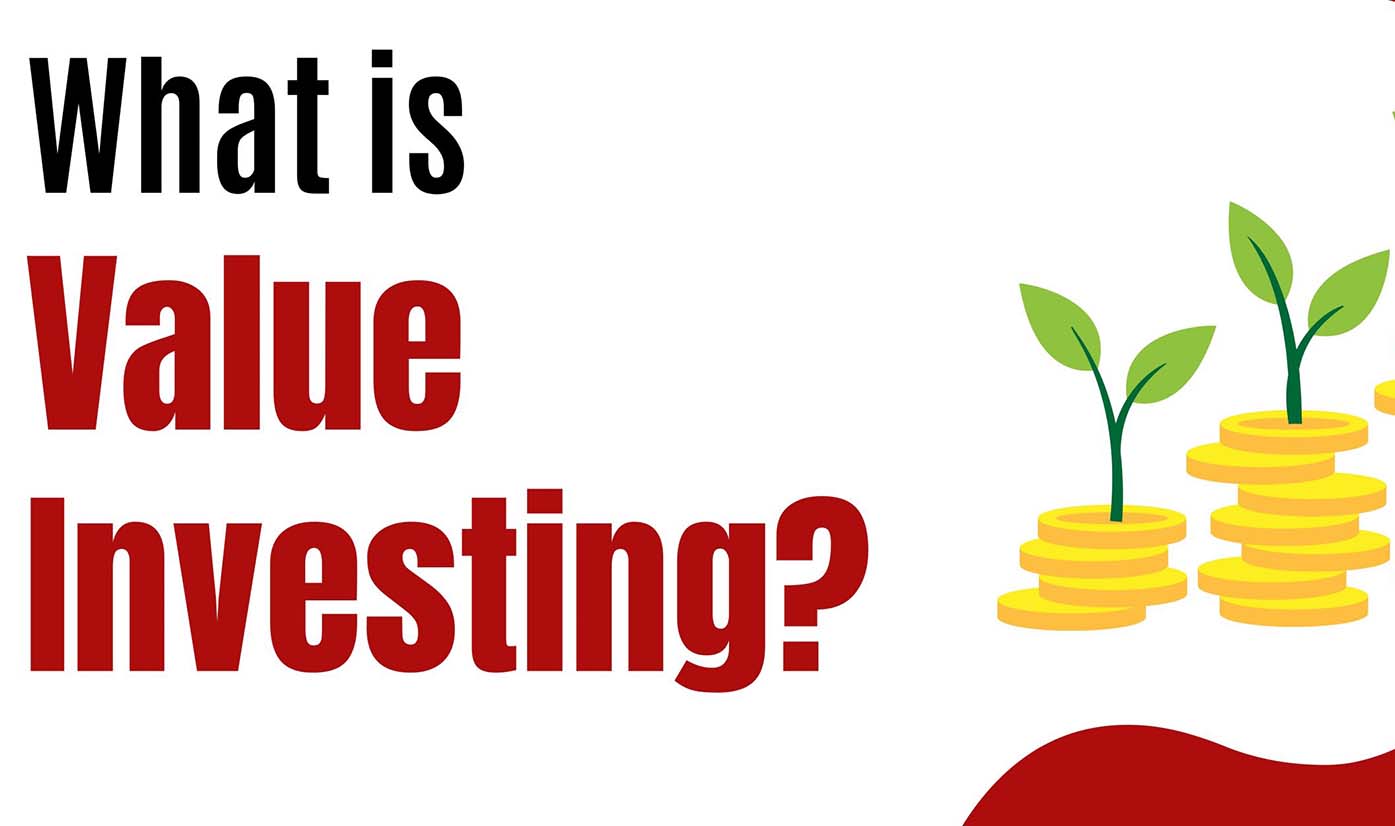Let me guess—you’ve finally decided to take the plunge into investing. You’re watching CNBC, reading financial blogs, and nodding along when someone mentions “bull market.” But then the real question hits: Should I be a value investor or a growth investor? And suddenly, you’re spiraling down the rabbit hole of stock analysis, Warren Buffett quotes, and graphs that seem like alien hieroglyphics.
Take a deep breath. You’re not alone.
I’ll walk you through the core differences between value and growth investing, who they’re best suited for, how to choose related investment products, and what to look out for along the way. By the end, you’ll not only know the difference—you’ll know what makes the most sense for you.
🔍 What Is Value Investing?
Value investing is like shopping for designer clothes at a clearance sale. It’s all about finding undervalued stocks—companies that are trading for less than their intrinsic value. Think of it as buying $1 for 70 cents.
Value investors believe the market sometimes overreacts to bad news or underestimates a solid company’s potential. So, they jump on those dips, scoop up the bargains, and wait for the world to catch up.
Famous Value Investors:
- Warren Buffett (a legend)
- Benjamin Graham (Buffett’s mentor)
- Charlie Munger (Buffett’s equally wise partner)
Characteristics of Value Stocks:
- Low Price-to-Earnings (P/E) ratios
- Low Price-to-Book (P/B) ratios
- Consistent dividends
- Mature companies with steady cash flow
🚀 What Is Growth Investing?
Growth investing, on the other hand, is like investing in that scrappy startup that you just know will become the next Apple or Tesla. It’s about buying companies expected to grow at an above-average rate—even if their current price looks expensive.
Growth investors aren’t worried about today’s numbers. They’re betting on tomorrow’s potential.
Characteristics of Growth Stocks:
- High P/E ratios
- No or low dividends (they reinvest profits)
- Rapid revenue and earnings growth
- Often found in tech, biotech, or emerging sectors
Famous Growth Investors:
- Peter Lynch (Fidelity Magellan Fund)
- Cathie Wood (ARK Invest)
- Philip Fisher
👥 Who Should Choose What?

✔️ Value Investing May Be Right for You If:
- You’re patient and like predictable outcomes
- You prefer lower volatility
- You enjoy analyzing financial statements
- You’re okay waiting years for gains
- You want income from dividends
✔️ Growth Investing May Be Right for You If:
- You’re risk-tolerant and optimistic
- You want to invest in innovation and disruption
- You’re comfortable with price swings
- You’re investing for the long term (10+ years)
- You don’t need income right away
🛠️ How to Choose Investment Products
No matter which camp you fall into, you can apply your strategy using various products. Here’s how:
💼 Individual Stocks:
- Value: Look for established companies like Johnson & Johnson, JPMorgan Chase, or Intel.
- Growth: Think of Tesla, Amazon, or Shopify.
📈 ETFs:
- For Value Investors:
- Vanguard Value ETF (VTV)
- iShares Russell 1000 Value ETF (IWD)
- For Growth Investors:
- Vanguard Growth ETF (VUG)
- ARK Innovation ETF (ARKK)
📊 Mutual Funds:
- Value Focused:
- Dodge & Cox Stock Fund
- T. Rowe Price Equity Income Fund
- Growth Focused:
- Fidelity Growth Company Fund
- Blue Chip Growth Fund
🧠 The Investment Psychology Behind Each
This part is underrated, but crucial. Your temperament will likely dictate which strategy suits you better than anything else.
- Value investors are contrarians. They’re comfortable going against the crowd, buying when others are panicking, and holding through boring stretches.
- Growth investors are visionaries. They believe in potential, thrive on disruption, and love stories of exponential innovation.
If you’re the type to panic-sell a stock that drops 10%, value investing might soothe your soul. But if you love the thrill of betting on future unicorns, growth might be your playground.
💡 Practical Tips Before You Dive In
- Don’t feel like you have to pick one. Many smart investors use a blend of both strategies.
- Rebalance annually. Growth stocks can balloon quickly—reset your allocations to avoid unintended risks.
- Use tools: Try Morningstar, Seeking Alpha, or Finviz to research company metrics and valuations.
- Set a strategy and stick to it. Don’t flip-flop based on market noise.

🌱 My Personal Take
I’ve dabbled in both. In my 20s, I leaned hard into growth—chasing tech IPOs and innovation ETFs. It was thrilling, but also nerve-wracking during market corrections.
In my 30s, I started appreciating value investing. Now, I mix the two: value stocks for income and stability, growth stocks for long-term moonshots. The balance keeps my portfolio healthy and exciting.
📌 Which Should You Choose?
Choosing between value and growth investing isn’t a binary decision—it’s a personal one. The good news? Both work. Historically, each has had periods of outperformance. The key is knowing your goals, your timeline, and your risk tolerance.
Ask yourself:
- Do I want income now or capital appreciation later?
- Am I okay with volatility?
- Do I want to invest in proven stability or future disruption?
Once you answer these, your investment strategy will become much clearer.
So whether you’re hunting for bargains like Warren Buffett or betting on innovation like Cathie Wood, remember: the best investment strategy is the one you can stick with.
Happy investing, my friend—and may your portfolio be ever in your favor!
